Artificial intelligence (AI) drawing is a rapidly growing field with many applications. Grasping the basics and applications of creative AI art generation is crucial. AI drawing algorithms can be used to create realistic and creative images. It can also automate tasks such as image editing and design.
As AI drawing continues to develop, you can expect even more groundbreaking uses for it in the future. The article delves into the exciting realms of artificial intelligence drawing, making it easy and accessible for everyone. Explore the page below to learn more.
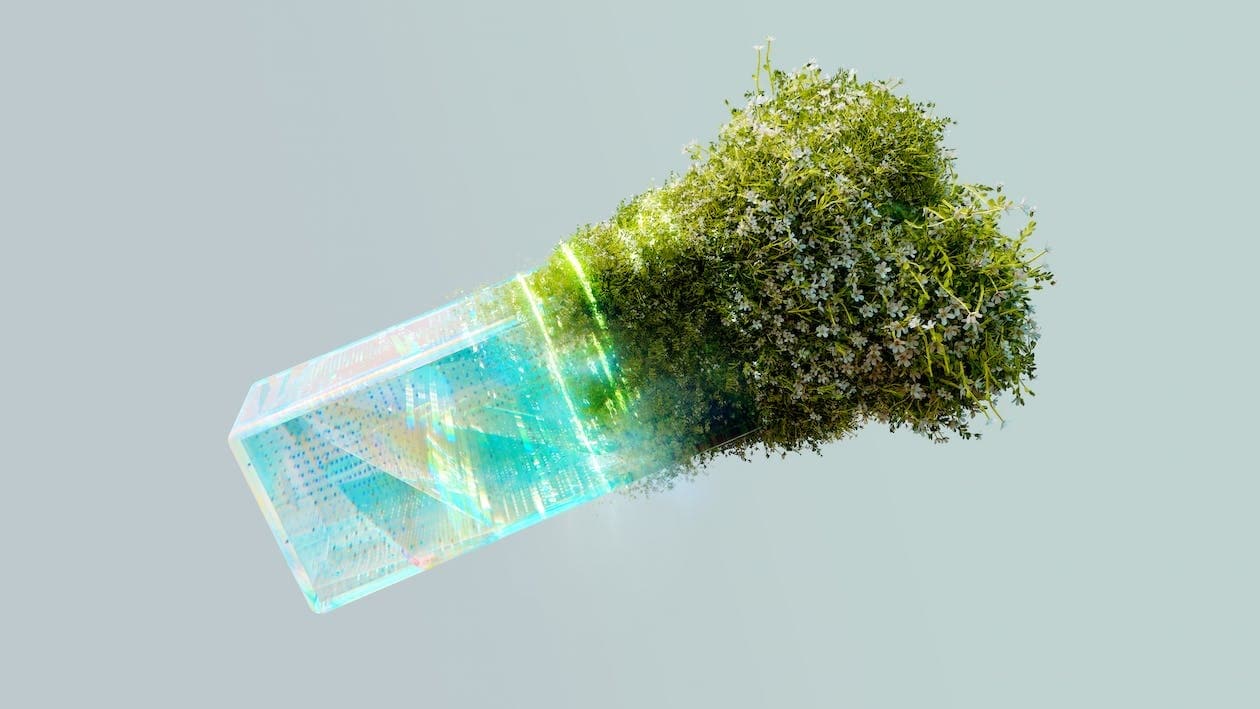
In this article
Part I: What is AI Drawing
AI drawing is the use of artificial intelligence to create images. AI drawing algorithms can be used to generate realistic images as well as to create abstract and creative art. In the example below, the AI-generated image depicts a purple tree standing against a barren desert backdrop.

The vivid contrast between the vibrant tree and the arid landscape creates a striking, dreamlike visual. It showcases the capacity of AI to produce a creative and captivating drawing.
AI drawing algorithms are based on a variety of different machine learning techniques. The most common are deep learning and reinforcement learning.
- Deep learning is a type of machine learning that uses artificial neural networks to learn from data. The structure and function of the human brain inspire artificial neural networks.
- Reinforcement learning is a type of machine learning that allows computers to learn by trial and error. In reinforcement learning, a computer agent interacts with an environment. It then receives rewards for taking actions that lead to desired outcomes.
Part II: AI Drawing Techniques and Algorithms
AI drawing relies on various techniques and algorithms, each with its unique approach to generating art. Below are some of the key methods that power creative AI drawing.
Generative Adversarial Networks (GANs)
GANs are a type of machine-learning algorithm that can generate realistic images. GANs pit two neural networks against each other: a generator and a discriminator. The generator tries to create realistic images, while the discriminator tries to distinguish between real and generated images.
Examples of GAN-Based AI Drawing Applications
GANs are used to develop a variety of AI drawing applications, including:
- Image Generation. GANs can generate realistic images from text descriptions or random noise.
- Image Editing. GANs can edit images in a variety of ways. It can remove a background, resize an image, or change the style of the image.
- Creative Art Generation. GANs can generate creative and abstract art.
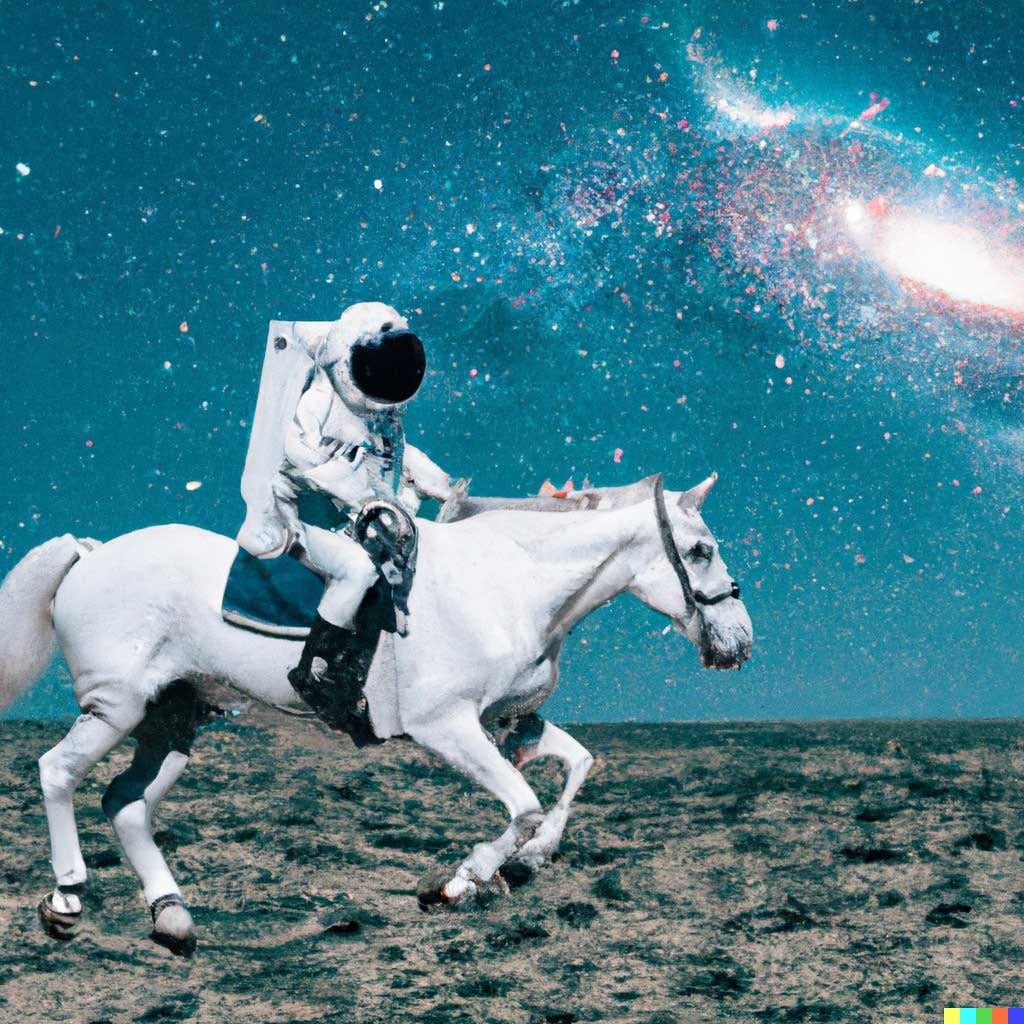
Variational Autoencoders (VAEs)
VAEs are machine learning algorithms that learn the underlying statistical relationships in data. VAEs work by encoding data into a latent space and then decoding the latent space back into the original data.
Examples of VAE-Based AI Drawing Applications
VAEs are employed in art synthesis and creative content generation. It even helps artists explore new styles by manipulating latent variables.
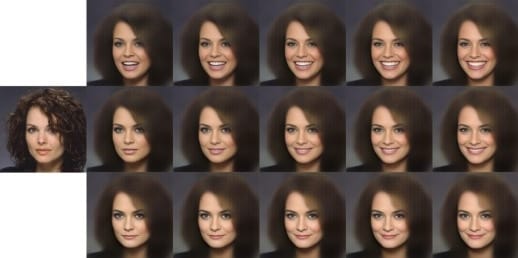
The image above shows how VAEs generate new images by sampling from the learned latent space distribution. It edits images by manipulating the latent space representation of the image.
Deep Reinforcement Learning (DRL)
DRL is a machine learning algorithm that allows computers to learn by trial and error. In DRL, a computer agent interacts with an environment and receives rewards for actions that lead to desired outcomes.
Examples of DRL-Based AI Drawing Applications
DRL is used in interactive art generation. It's where users can guide AI in real time to create personalized and dynamic artworks. DRL-based AI drawing techniques can generate realistic sketches of human faces.

Part III: Applications of AI Drawing
AI art generation has gained significant traction and found wide application in numerous areas. Here are some of the key domains where AI-generated art has made an impact:
Illustration Drawing
Users can now use AI to generate illustrations as backgrounds for mind maps, timelines, and more using AI drawing function. Take Edraw AI, a feature of diagram maker EdrawMax for example. Its AI Drawing function enables the user to convert text or pictures into pictures with more than 20 styles like watercolors or cyberpunk and various dimension options to choose from.
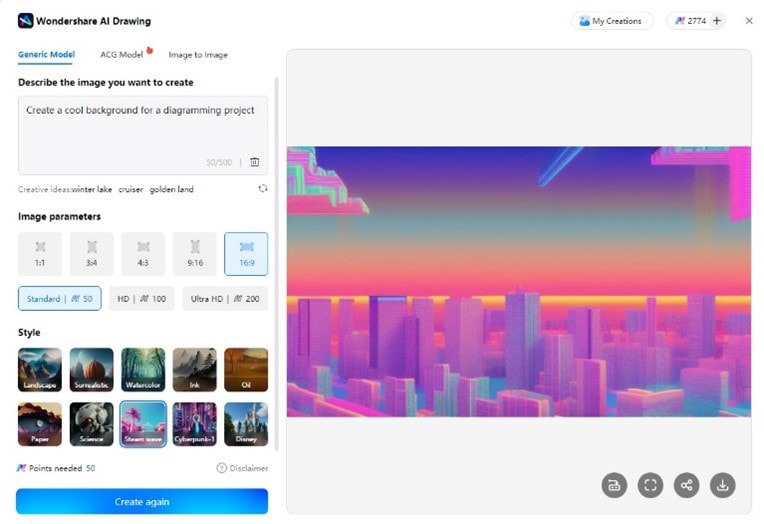
The AI functionality helps users translate abstract thoughts into visual representations quickly and with no need to switch between the diagram maker and another app.
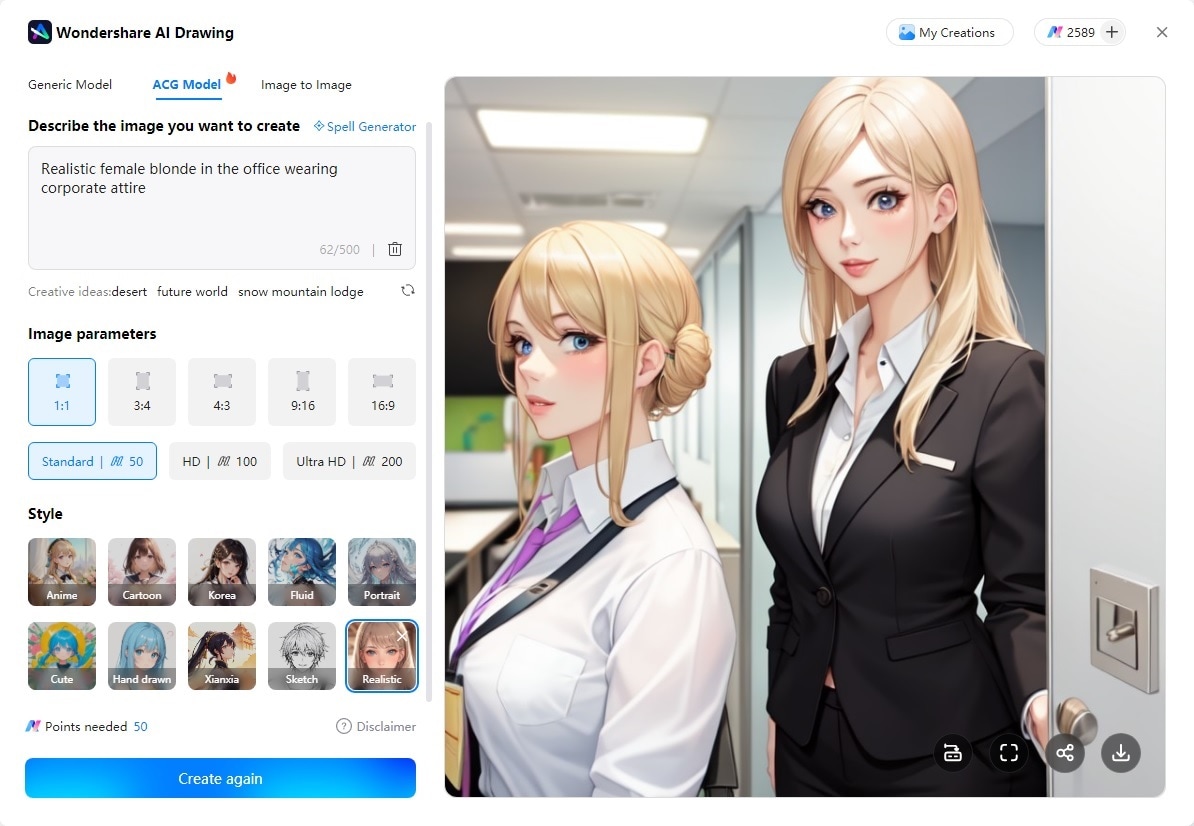
Industrial Design and Prototyping
AI drawing can create prototypes and concepts for industrial design. You can use AI to generate images of different product designs. It can create 3D models or prototypes in seconds. This can save time and money, especially for complex products.
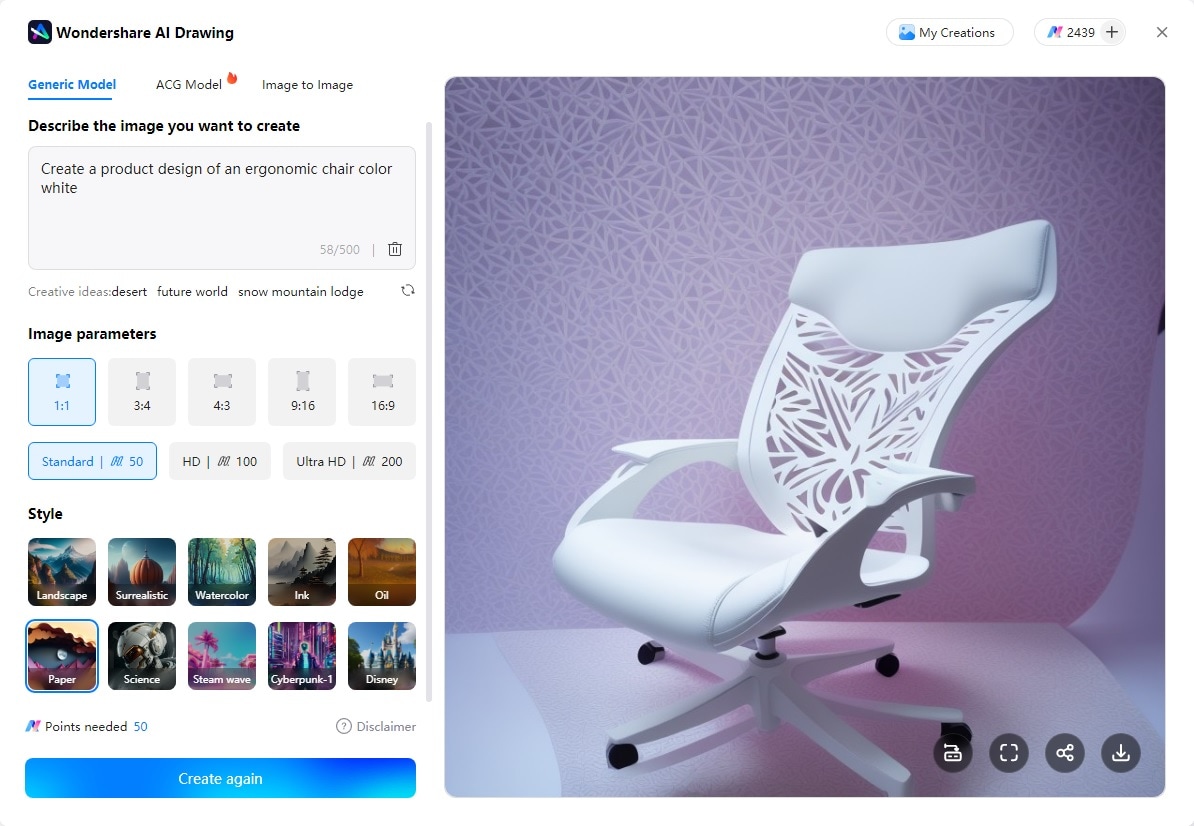
In the example above, Edraw AI generated a prototype for a white ergonomic chair product. AI now plays a significant role in industrial design, especially during the prototyping phase for:
- Concept Sketching: AI tools can generate concept sketches based on design specifications and user inputs. It helps designers visualize ideas in seconds.
- Form Optimization: AI can analyze various design parameters to optimize a product's form, function, and aesthetics. This leads to more user-friendly and appealing designs.
Character and Concept Design
AI drawing can also create characters and concept art for movies, video games, and other forms of entertainment. For example, you can generate images of different character designs. They can also create character animations.
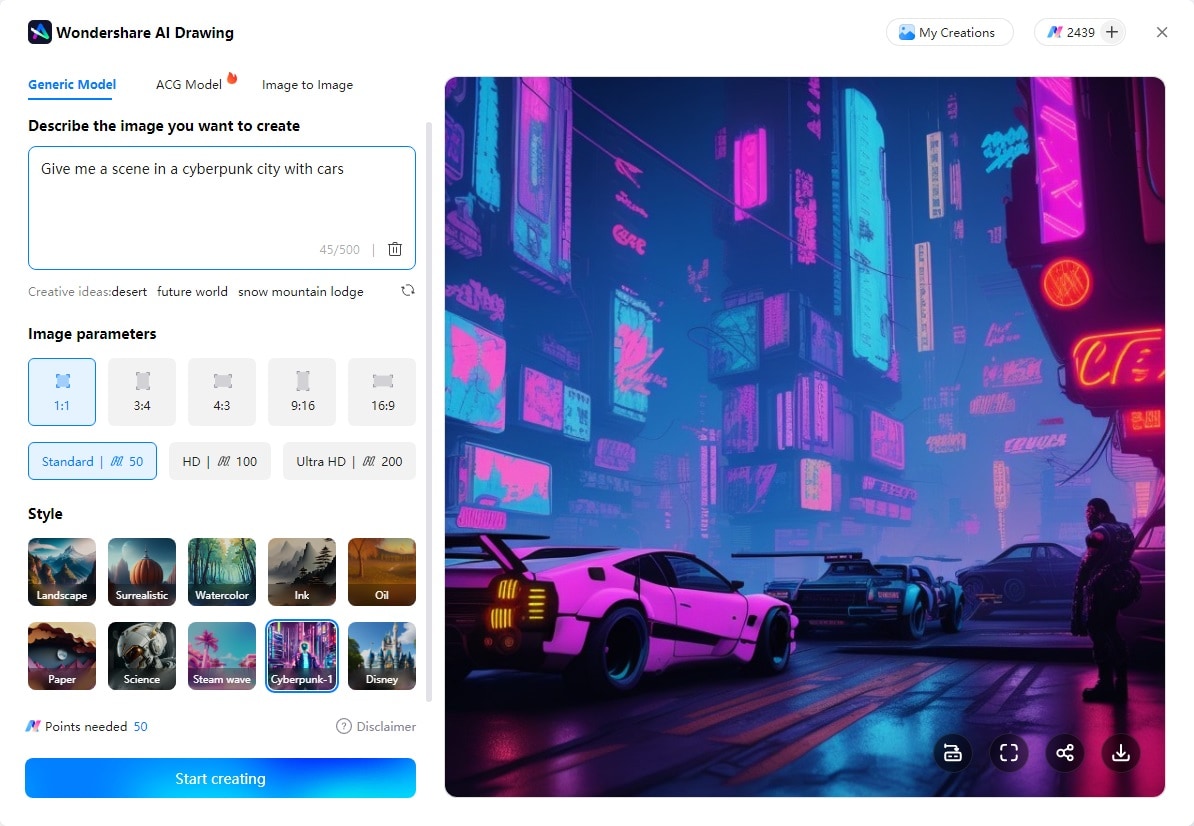
AI drawing is revolutionizing character and concept design in various industries:
- Design Assistance: AI helps designers generate initial concepts, refine details, and explore diverse design possibilities. It enhances creativity and speeds up the design iteration process.
- Character Creation: AI can generate original characters with unique traits, which is particularly valuable in the gaming and animation industries. You can customize AI-generated characters to fit specific narratives and aesthetics.
Part IV: Tips for AI Art Generation

To improve generating AI drawings, consider the following tips:
- Start with a Clear Vision. What kind of image do you want to create? What style are you going for? The more specific you can be, the better.
- Use Effective Prompts. It's important to use clear, concise, and descriptive prompts. In the example below, the prompt used was: "A polaroid capture of high school lovers happy on the car bonnet, late 1960s America, flash photography."
- Experiment with Different AI Drawing Tools. Various AI drawing tools and algorithms are available, each with strengths and weaknesses.
- Edit and Refine your Results. Once you have generated an image, you can use editing software to refine it and make it look its best.
Part V: Limitations of AI Drawing
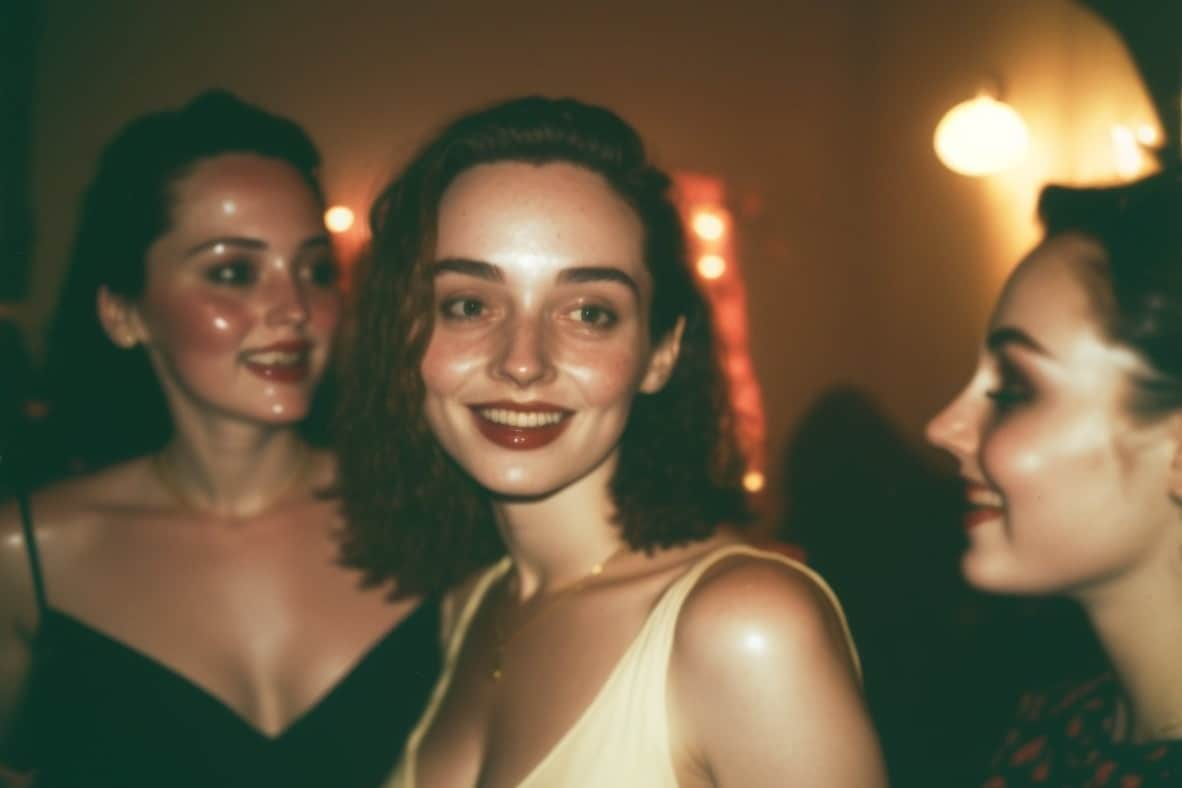
Despite the powerful capacity of AI art generators, we do need to consider its limitations like the related ethical implications and concerns
- Copyright and Ownership. Who owns the copyright to AI-generated art? Is it the artist who created the prompt or the company that developed the AI algorithm?
- Bias. AI algorithms trained on data. The data can reflect the biases of the people who collected and labeled it. As a result, AI-generated art can produce biases against certain groups of people.
- Misinformation and Disinformation. AI-generated art can create realistic images that are not real. This raises concerns about the potential for AI-generated art to spread misinformation and disinformation.
Part VI: Future Trends and Developments
AI drawing is a developing field. There are several emerging trends and advancements that are worth noting. Look out for the rise of AI-generated NFT art, personalized AI art generators, and AI-powered art curation platforms. These trends will reshape the art landscape, offering new opportunities for artists and enthusiasts.
But we can expect AI drawing to have a major impact on a variety of industries in the coming years. It will likely revolutionize how we produce video games, movies, and other forms of entertainment. AI drawing can create realistic and immersive worlds, ushering in a new era of creativity and innovation.
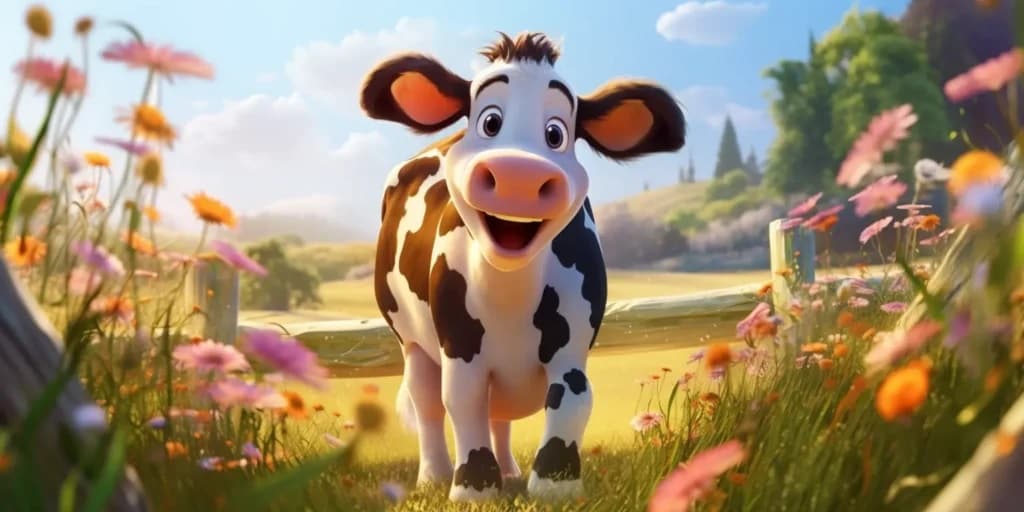
Conclusion
In conclusion, AI drawing apps are a powerful tool. It has the potential to revolutionize the way we create and consume art. However, it's important to understand this technology's ethical implications and concerns. Users of AI drawing tools should work together to develop guidelines and best practices for their responsible use.




